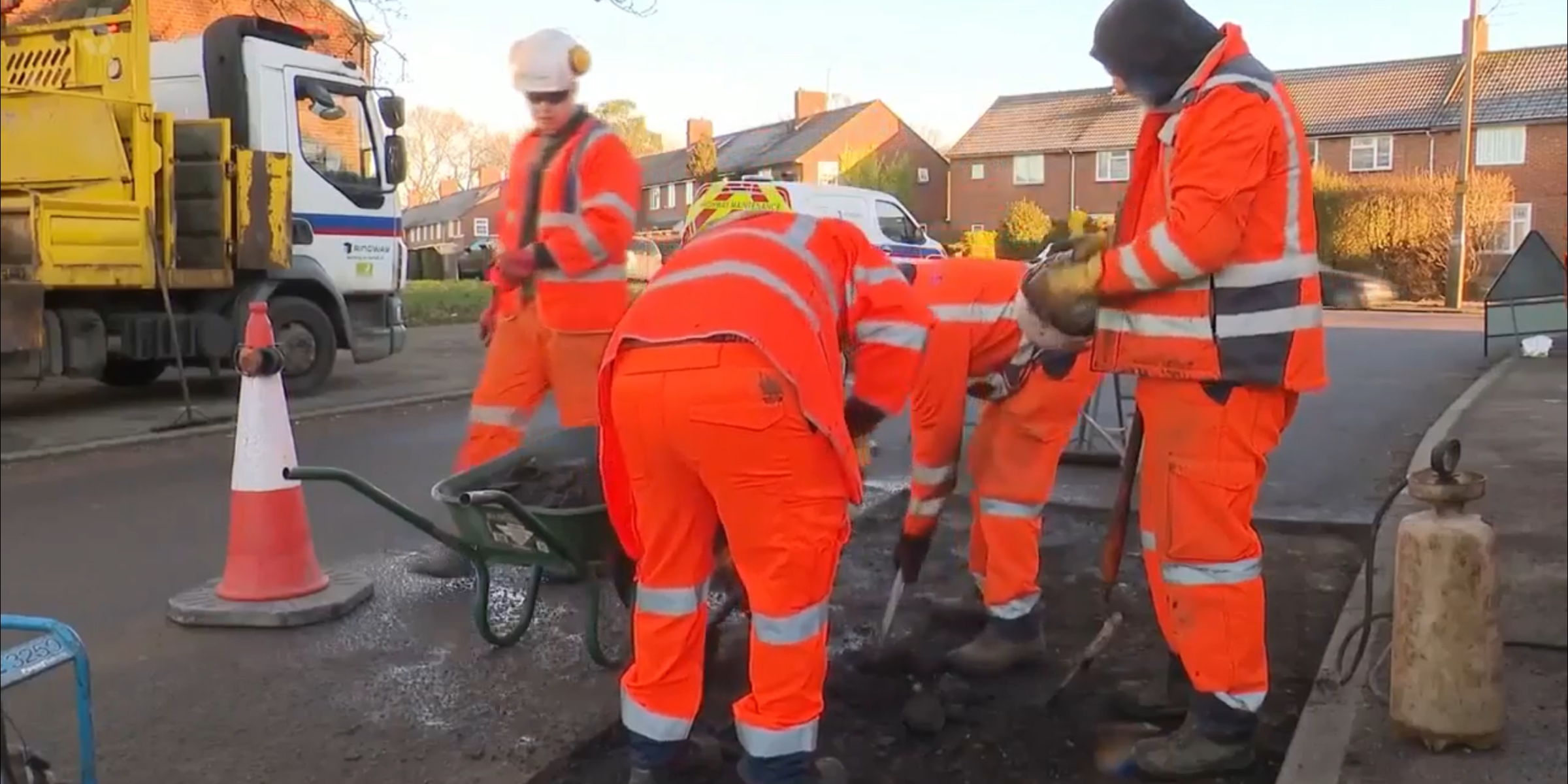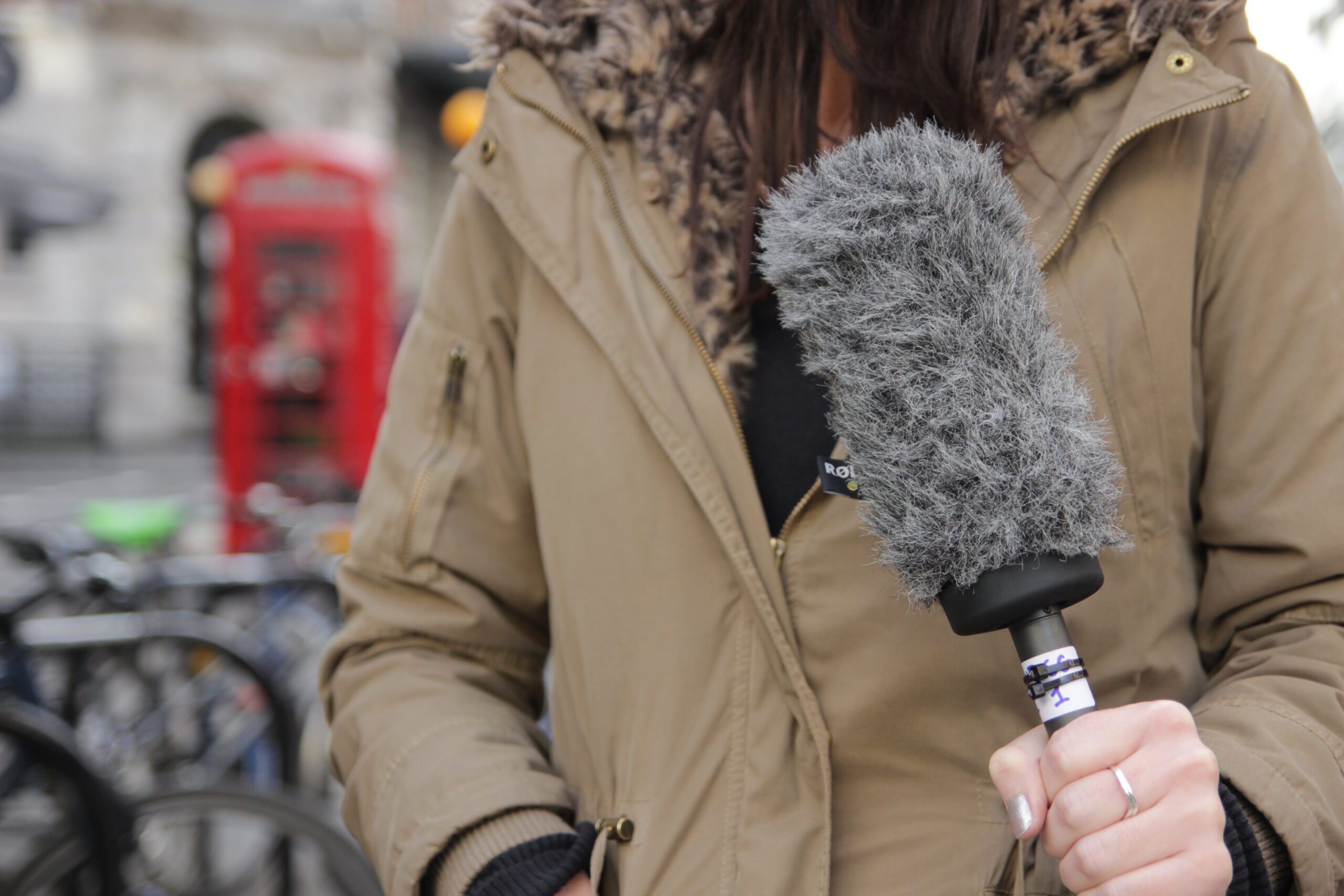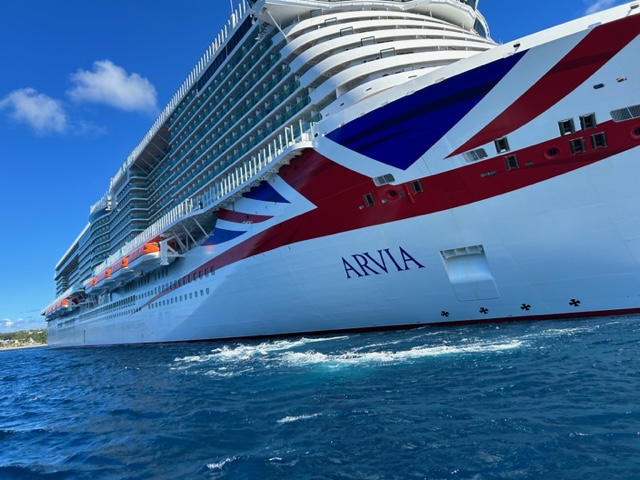B-roll footage, Broll or B-roll is any supplementary video that is secondary to your primary footage or A-roll.
In the early days of film, the B-Roll was typically shot by a separate second unit to the A-Roll crew and the footage was used for transitional cuts and anything that wasn’t the main action.
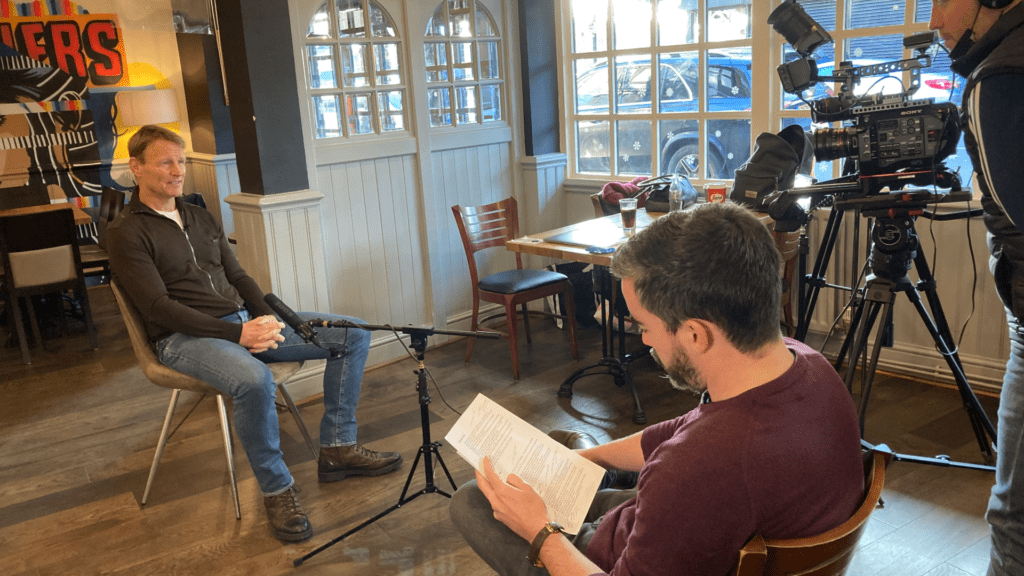
B-roll footage, Broll or B-roll is any supplementary video that is secondary to your primary footage or A-roll.
In the early days of film, the B-Roll was typically shot by a separate second unit to the A-Roll crew and the footage was used for transitional cuts and anything that wasn’t the main action
In this blog post, we’ll highlight the importance of B-roll footage for a PR campaign.
We’ll also share some excellent B-roll footage examples for different use cases, giving you a good idea of how this supplementary footage can be used with primary footage, or ‘A-roll’.
What is B-roll footage?
- May be shot by second unit crews.
- May be sourced from stock footage libraries.
- May not require sound but for news B-roll we recommend shooting with audio
- Provides supporting footage and cutaway shots. News outlets call them “wallpaper shots”
- Can also be used for establishing shots
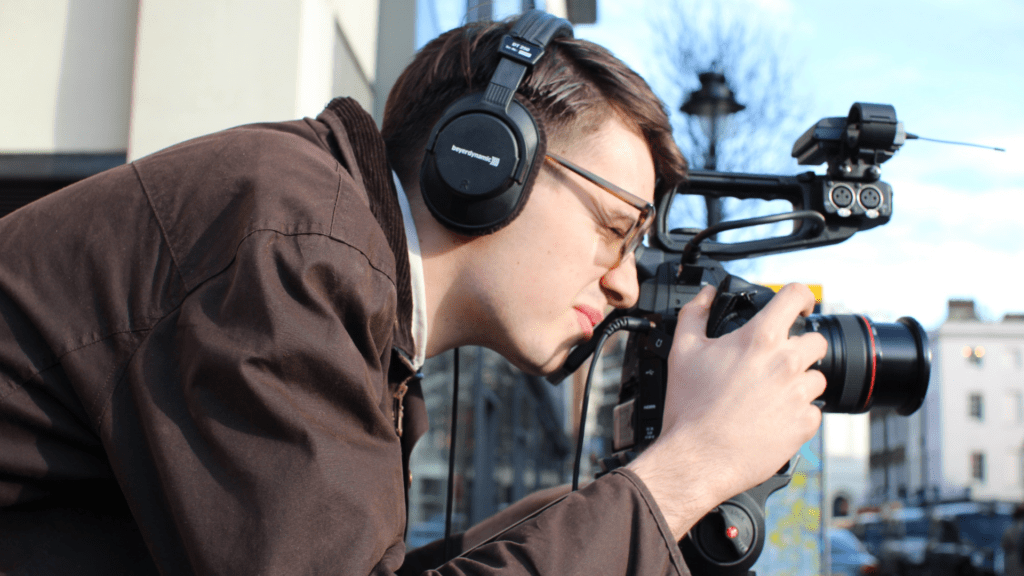
How to produce good B-Roll
There are some basic guidelines which will be relevant for all types B-Roll the most important of which is ensuring before you switch the camera on that you have a good shot list.
When you shoot a film, go through the script and note possibilities for good establishing shots, cutaways, and close-ups. It’s the cutaways which are typically formed from B-roll footage. When you make a documentary or other video that involves a lot of footage of ‘talking heads,’ i.e. an interview with someone -our recommendation is to make notes about what footage you can pair with the dialogue again this is B-Roll. Also consider how you’d like to shoot that subject matter.
Broadcasters would obviously prefer to film their own footage, but a frantic news agenda which we’ve certainly experienced in the last few years coupled with newsroom cutbacks means they don’t always have the resources to do that. In such cases B-roll can prove invaluable, but only if it’s produced in a particular way. We have 2 golden rules to guarantee it gets used by broadcasters.
Golden Rule 1 - Shoot In A News Style
B-roll is around 6 to 8 minutes maximum of General Views (GVs), roughly edited video footage that illustrates a PR generated campaign. It is not a finished polished, product and it will be re-edited by the broadcaster, and possibly mixed and matched with footage they’ve filmed themselves.
If you offer up B-roll that looks like their video broadcasters are going to say yes please, thank you very much. Put the best pictures at the top of the B-roll and interview clips at the end. Also useful is a ‘slate’, stating the material is free to use and without any copyright issues.
For more tips about producing B-Roll that broadcasters will use, click here:
https://shoutcommunications.co.uk/case_studies/britannia-case-study/
B-roll is only ever likely to be used on the news; therefore, it should be shot in a “news style” and look like material broadcasters would have filmed for themselves. That means shots held for a minimum of three seconds, no “whip pans” or “crash zooms”.
Good visuals are important, but B-roll can include of couple of sound bites from key spokespeople. This gives programmes a taste of how the spokesperson is likely to perform on air if they’re booked as a guest or filmed as part of a TV package.
It might even encourage them to do their own interview.
In the most diplomatic way possible you can try the spokesperson out, before letting them loose with journalists. How well do they explain what the company is? Do they know the key messages?
Interview clips should be kept to no more than 20-30 seconds and a maximum of 3 clips per interviewee is generally enough
This is an example of B-roll footage produced by Siemens Mobility to showcase their new underground trains being used by online. You’ll see where they’ve credited its usage, and it demonstrates that often the media mix and match their own footage or stills with PR generated content.
Golden Rule 2 - Give Broadcasters Something They Can't Film For Themselves
For TV and online PR campaigns, give broadcasters something they couldn’t easily film for themselves. These days that’s a lot easier than it used to be: anything that takes time to set up to film or actually film, or to travel to, which really is anywhere outside of London or Manchester, an event that’s outside London…. the list is endless.
It’s just as important to not give broadcasters B-Roll of something they could film quickly and easily for e.g. general views of people walking in a high street, someone using an ATM or general moving footage of the countryside.
An example of this is a B-Roll Shout! Communications filmed to support a campaign about dog ticks. The footage of the actual ticks was shot with a macro lens – so that you could see the ticks on screen. This kit wouldn’t be standard for a news crew and ensured the footage was picked up by national TV outlets, including BBC News.
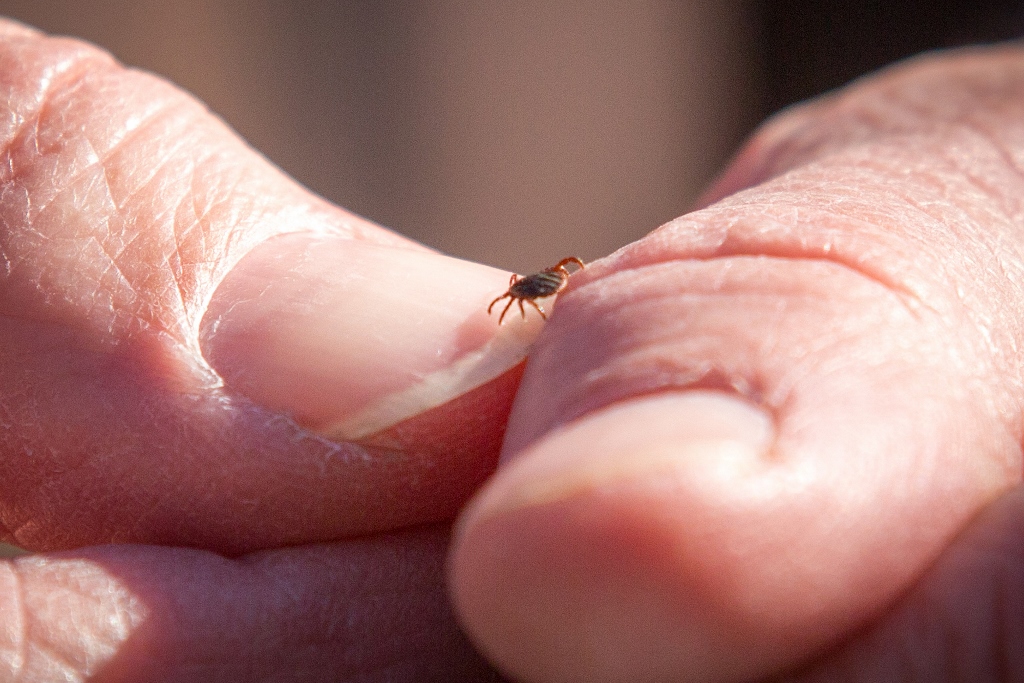
Be sure to include a choice of shots for each sequence so two or more broadcasters editing the same material can produce something different.
If you’re a TV News Editor, or planner as I have been in the past, and you’re choosing between two stories, one with B-roll and one without, you’re going to pick the one with footage.
A final warning though: a PR B-Roll can’t be too heavily branded -broadcasters have strict editorial guidelines and it needs to NOT look like an advert.
B-Roll for talking head interviews
Before the pandemic, a 30-minute-long talking head video was generally considered a complete and engaging video on YouTube. Simple, straightforward edits were common, and B-Roll wasn’t often used. But Talking-head videos have taken over social media content and most short-form videos you’ll see on TikTok, Instagram and YouTube use more interesting visuals including B-roll.
Today, a talking-head interview might take up a small portion of the video. This TikTok video from Nas Daily, for example, shows the creator talking about climate change at the start of the video. In this B-roll example, they use footage of melting ice caps and behind-the-scenes footage to make the ‘talking head’ really compelling .
Generally the footage is ‘ floated’ over the talking head and is a short sequence this breaks up what could be a slightly monotonous monologue.
An interview with a person just stationary and just talking into camera can get pretty boring and cutting to B-Roll footage is a useful device to use when you need to cut between certain soundbites or shave some time off without a messy looking jump cut (A jump cut is made by splicing together two pieces of an interview together which often has a jarring effect)
B-Roll for corporate explainer video
An explainer video is a short video usually under three minutes even better if they’re around two minutes and are used for marketing or sales purposes. The video highlights a company’s product or service or even their team. Typically, explainer videos are featured on a brand’s website landing pages, or they are placed on the homepage of their website. Where B-Roll can come in to its own is in the filming of exterior GV’s ( General Views) which establish the manufacturing site or more dramatically sweeping panoramas. Imagine soaring over a beautiful landscape shot with a drone, capturing every detail. With the right B-roll footage, you can turn a simple product launch into an epic tale.
The B-roll footage may include very tight close-up shots that capture every last detail of the product.
Explainer videos always follow a simple structure
- What: What’s the audience’s problem or desire
- How: How will your product or service sort it
- Why: Why should the customer choose you?
In our experience Explainer videos are good at explaining a product or service, but not great at communicating the company’s underlying purpose.
Here’s a corporate explainer B-roll example from Lemon Light that does what it says on the tin.
https://www.lemonlight.com/explainer-video/
B-roll for advertising campaigns
Adverts are typically shot listed and scripted to an inch of their life – beautifully edited to present the product in the best possible light but there is still room for B-Roll footage. This is the ‘authentic’ couple of shots or a single shot. Have a look at this Persil advert -and spot the B-roll footage slipped in. It jumped out at me!
In addition, in this advert there is more subtle use of B-roll emphasising detail.
This B-Roll footage example shows close-ups of the product, such as packaging or safety features to help viewers understand the product’s features.
https://www.google.com/search?client=firefox-b-d&sca_esv=0a650f077e31c052&q=Persil+advert+with+Vogue+Williams&tbm=vid&source=lnms&fbs=AEQNm0Aa4sjWe7Rqy32pFwRj0UkWd8nbOJfsBGGB5IQQO6L3J_86uWOeqwdnV0yaSF-x2jon2iao6KWCaVjfn7ahz_sfz4kQc-hbvsXJ2gNx0RnV2nl305mvoek0YK94ylYY2a4b3Q-OEwW5lKppi2wujywZWmdIJVp8wrsv_g-eh5sWEDXx8JNpgmjsiKj2mZMvftPlZJZz&sa=X&ved=2ahUKEwjDyqO_lP-IAxWXVkEAHbxcAiMQ0pQJegQIERAB&biw=1664&bih=909&dpr=2#fpstate=ive&vld=cid:cd05b3cc,vid:di5yAKmz4IY,st:0
While A-Roll, the main ad is clearly intricately produced to convey the product, and B-roll shows the ‘talent’ of being delighted by the products. This can make the video feel more genuine. After all, nothing can replace a genuine smile of delight captured in B-roll.
This is a great B-Roll footage example of how to make an advert using elements that are clearly secondary, or ‘B-roll’ shots.
Tips for social media video content using B-Roll
- Keep it simple. Short form video needs to grab an audience straight away and be easily digestible.
- Consider how social media video is viewed. Most likely it will be seen on a phone or mobile device with a small screen. That means filming the subject close up which is where your extra B-Roll footage comes into its own – you may have used a special macro lens.. If you try to show a large physical space on a small screen you’re not going to be able to see any detail. We also recommend putting sub-titles, in case the video is being viewed on the move, without sound.
- Branding. A social media video can have more branding than video placed on television for example. But it still shouldn’t look like an advert. Over branding can put an audience off. Less polished B-roll will help mitigate this.
- Quality. Whilst it’s easy for anyone to knock out a video on a mobile phone that doesn’t mean it’s any good. Bad sound and picture quality can easily generate negative brand associations so use your judgement and act as your own quality control.
- You may want video to appear on multiple platforms but think who your target audience is before doing this. X, LinkedIn, Instagram, Facebook, TikTok…..whatever channel you have in mind the audiences are going to be different for each, therefore the content and style of your video should be changed to reflect this.
How Shout! Communications can help you
We hope we have inspired you with B-roll footage examples and you can now use this essential supporting footage in your next broadcast PR campaign.
If you’re interested in B-roll and guaranteeing top quality coverage on national television (international too) then we’re here to help.
The best B-Roll production campaigns have planning behind them. We recommend asking for help at an early stage. We’ll guide you through the ingredients you need for production even before we’re commissioned and can help you implement B-Roll footage into a PR/TV campaign. Get in touch by emailing hello@shoutcommunications.co.uk or ringing 020 7240 7373 and we’ll give you the best advice to meet your goals.
